|

by Daily Mail Reporter and Associated Press
25 November 2012
from
DailyMail Website
Scientists were hoping for giant flash
on the moon
that would intimidate the Soviet Union
Aim of mission was to launch the nuke by 1959
Plan was later scrapped
due to possible danger to people on Earth...
It may sound like a plot straight out of a science fiction novel,
but a U.S. mission to blow up the moon with a nuke was very real in
the 1950s.
At the height of the space race, the U.S. considered detonating an
atom bomb on the moon as a display of America's Cold War muscle. The
secret project, innocuously titled 'A
Study of Lunar Research Flights'
and nicknamed 'Project
A119,' was never carried out.
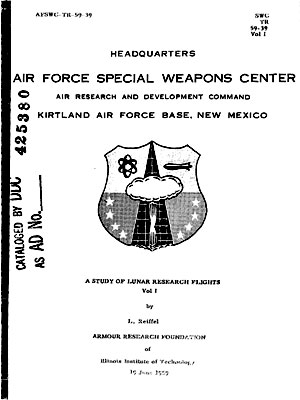
Click
above for PDF
Cover of A Study of
Lunar Research Flights - Volume I
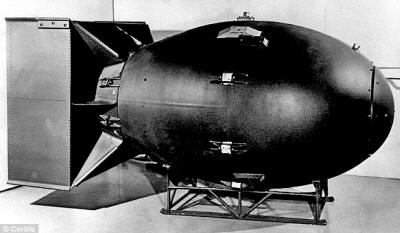
Plot: The U.S.
was planning to launch an atomic bomb, like Fat Man, pictured above,
that would be
launched into space in a scrapped plan to blow up the moon
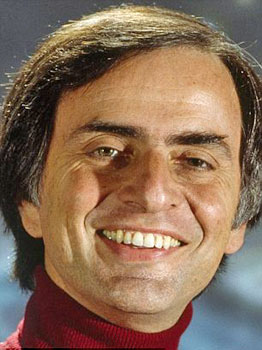 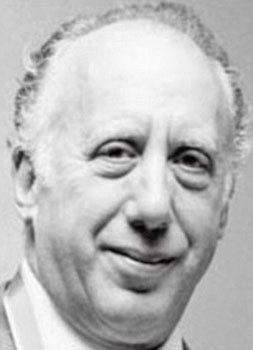
Brains of the operation:
Astronomer Carl
Sagan, left, was involved in the planning of the mission
and physicist Leonard
Reiffel, right, was the man in charge
However, its planning included calculations by astronomer
Carl Sagan, then a young
graduate student, of the behavior of dust and gas generated by the
blast.
Viewing the nuclear flash from Earth might have intimidated the
Soviet Union and boosted U.S. confidence after the launch of
Sputnik, physicist
Leonard Reiffel told the AP in
a 2000 interview.
Reiffel, now 85, directed the inquiry at the former Armour
Research Foundation, now part of the Illinois Institute of
Technology. He later served as a deputy director at NASA.
Sagan, who later became renowned for popularizing science on
television, died in 1996.
The author of one of Sagan's biographies suggested that he may have
committed a security breach in 1959 after revealing the classified
project in an academic fellowship application. Reiffel concurred.
Under the scenario, a missile carrying a small nuclear device was to
be launched from an undisclosed location and travel 238,000 miles to
the moon, where it would be detonated upon impact.
The planners decided it would have to be an atom bomb because a
hydrogen bomb would have been too heavy for the missile.
Reiffel said the nation’s young space program probably could have
carried out the mission by 1959, when the Air Force deployed
inter-continental ballistic missiles.
Military officials apparently abandoned the idea because of the
danger to people on Earth in case the mission failed. The scientists
also registered concerns about contaminating the moon with
radioactive material, Reiffel said.
When contacted by the AP, the U.S. Air Force declined to comment
on the project...
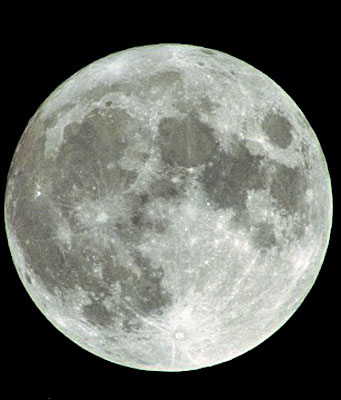
Would you miss
it?
American scientists were looking to blow
up the moon
to get an edge of the Soviet Union in
the space race
|






